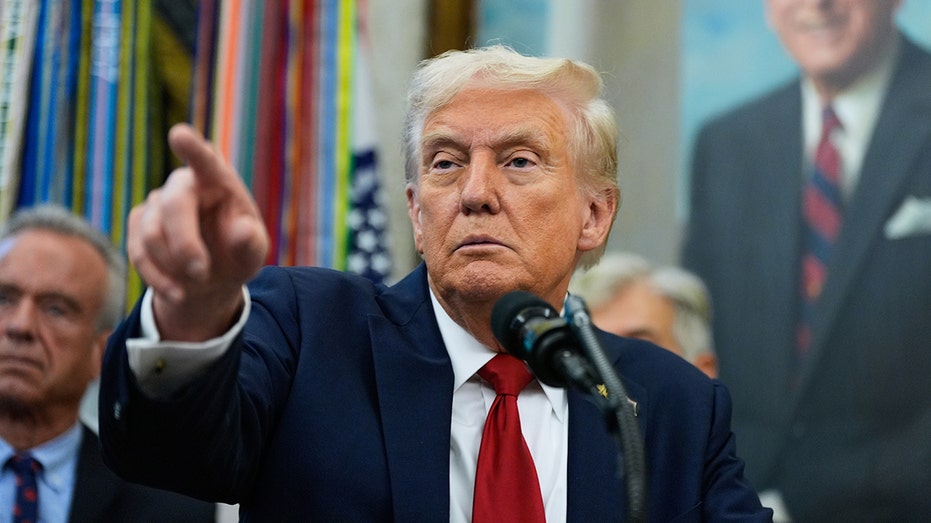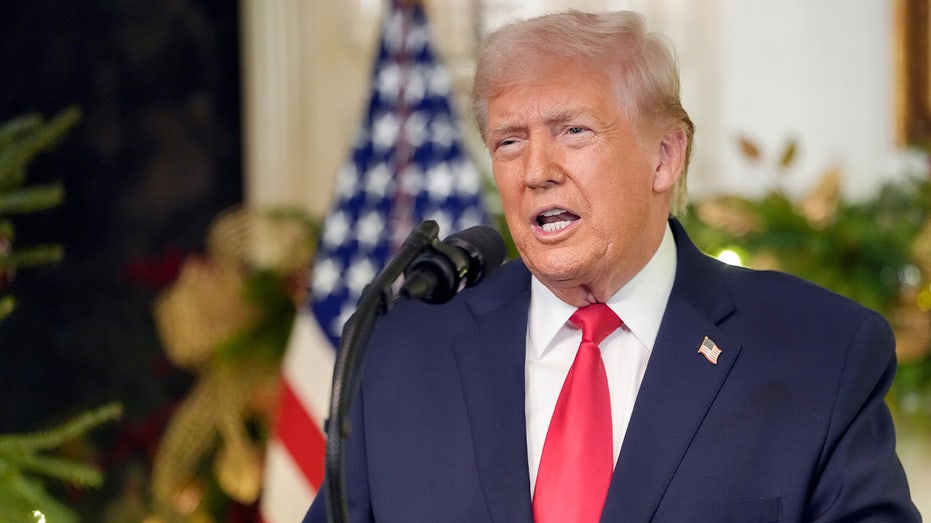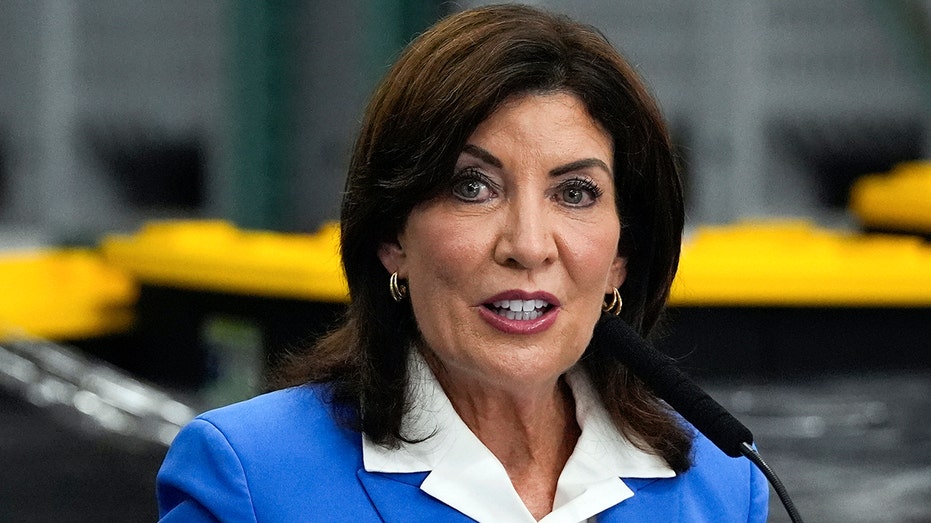
‘Protests had nothing to do with the attacks’: activists condemn premier’s plan to restrict rallies after Bondi shooting
Pro-Palestine activists, some Jewish groups and civil liberty campaigners criticise NSW Labor for ‘eroding our democratic freedoms’










